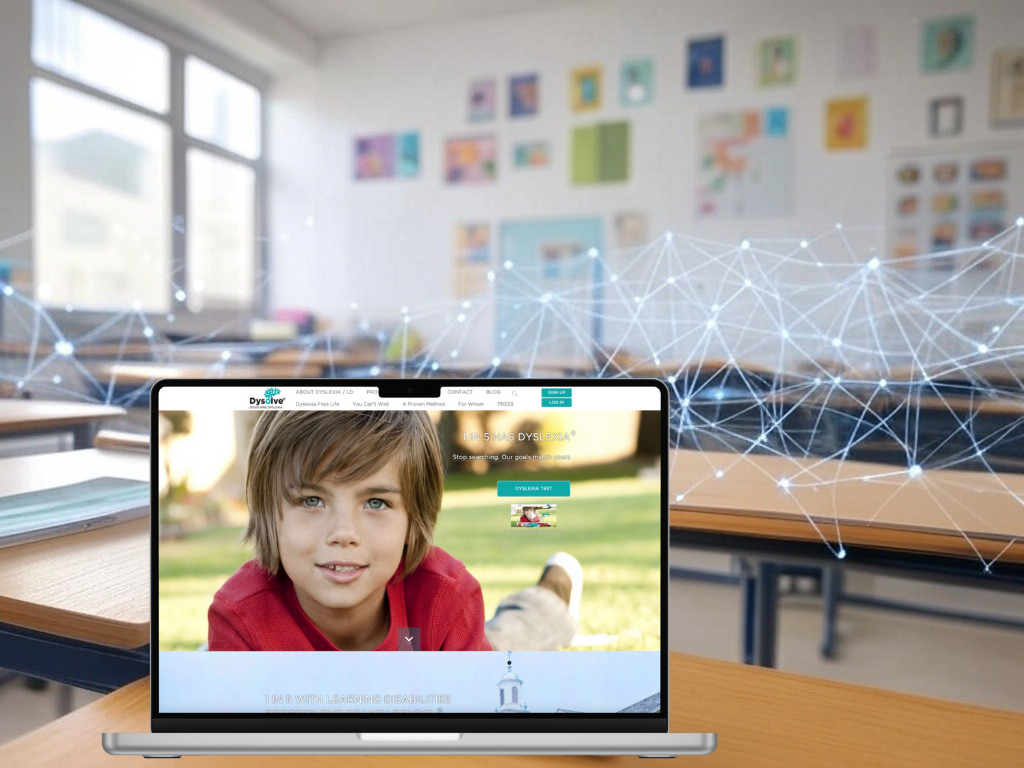Now that assistive technologies can read texts out loud, correct misspellings and compose essays for us, do we still need intervention for dyslexia, a reading difficulty?
The answer is yes. The problem with dyslexia does not go away simply because the individual affected does not need to read. Their reading difficulty is just an overt symptom of an underlying problem with brain processing of language.
We have to process language for much of our waking hours: verbal instructions, road signs, food labels, text messages, etc. When the brain cannot process input efficiently, it has to use up mental resources more than available. Consequently, other functions get affected negatively, such as regulation of emotion, problem-solving, planning, etc.
The traditional way of dealing with dyslexia was to go to a clinical specialist for a neuropsychological evaluation to get a diagnosis, and then go to a reading specialist for dyslexia treatment. For the past 100 years, no dyslexia treatment or intervention on students in grade 3+ has succeeded in achieving significant positive effect in state or school standardized reading assessments. Reviews of rigorously designed, replicable experimental studies with 100 or more diverse participants confirm this conclusion repeatedly, including a comprehensive survey published by Cambridge.
New AI Insights on Dyslexia Treatment
AI is transforming the way we approach dyslexia, revealing that language processing inefficiencies extend beyond just reading struggles. These inefficiencies impact broader cognitive functions, including memory, problem-solving, and learning speed. Unlike traditional methods that focus solely on reading intervention, AI-based solutions like Dysolve can pinpoint and recalibrate these inefficiencies, offering a more comprehensive and lasting improvement. This shift from compensating for dyslexia to actively reshaping brain processes marks a major breakthrough in learning science.
Dysolve AI is able to locate inefficient language processes in individual brains, measure and change the level of inefficiency for each. It does so by engaging users in language-based activities delivered as online games. The games serve as conduits for the AI system to assess and change language processes in action. Due to the sheer volume of datapoints to analyze in realtime and the speed of language processing in the brain, dyslexia treatment demands the use of AI.
Dyslexia treatment turns out to be a task that AI does particularly well. Dysolve users were able to pass state and standardized reading assessments, even after struggling with reading throughout elementary school. Many started from below the 25th percentile pre-Dysolve. A dozen of them came forward in the press in 2024 to describe the end of their dyslexia. Many more will do so this year.


